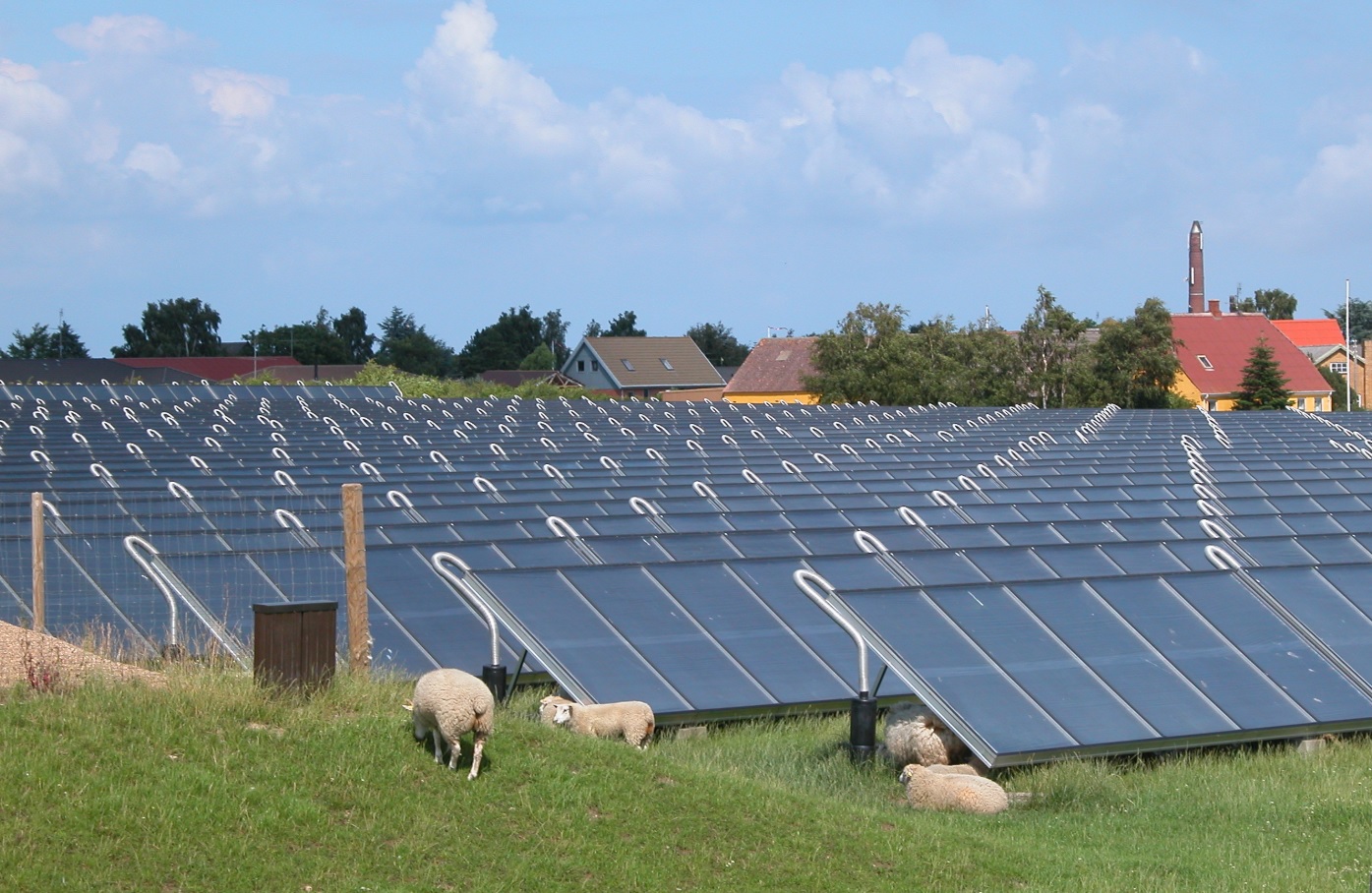Opting solar mini-grids can give Kenya 100 pct electrification, pitches expert

- Country:
- Kenya
Kenya is likely to achieve 100 percent electrification by 2022 in line with its National Electrification Strategy if the East African country adopts the option of solar mini-grids as a source for electricity connection, according to Kenya’s leading water and energy solutions company Davis & Shirtliff.
Davis & Shirtliff’s Solar Division Manager Norman Chege said that solar mini-grids will play a vital role in the pursuit of universal access to modern energy especially across rural Africa, particularly where grid extension is technically or financially improbable.
According to Chege of Davis & Shirtliff, there are mainly three ways of providing electricity to rural populations – grid extension, standalone solar systems and mini-grids. The grid extension is by connecting communities to the national grid, which can be hugely expensive.
“Solar systems are the next solution to connect people without the option of connecting to the national grid since they are a stand-alone system. The third option and which we see as a solution to achieving universal access is mini-grids, which is a decentralized hybrid system of the national grid and solar that can function separately from the national grid,” Norman Chege opined.
The World Bank claims that around 75 percent of the Kenyans have access to electricity from grid and off-grid sources with most of them in urban areas. The 2022 Kenya National Electrification Strategy seeks to identify and implement least-cost options for bringing electricity to the remaining 25 per cent of households and businesses in remote areas across the country, as reported by Capital Digital Media.
“Mini-grids operate optimally in areas where the population is too small or remote for grid extension and standalone solar systems aren’t viable for larger electricity needs. Adoption of solar mini-grids would offer the best option to electrify remote locations,” he added.
Also Read: UNICEF, Safaricom’s new Internet of Good Things in Kenya to make life better, healthier
ALSO READ
US, Kenya sign first of what are expected to be dozens of ‘America First' global health deals
US and Kenya sign first of what are expected to be dozens of 'America First' global health deals
US signs pact with Kenya under 'America First' global health plan
AfDB Backs Green Careers Caravan to Equip Kenyan Youth for a Low-Carbon Future
Kenya says Safaricom share sale proceeds to be used for infrastructure development










